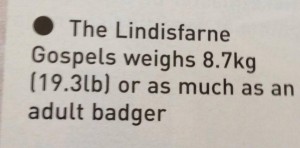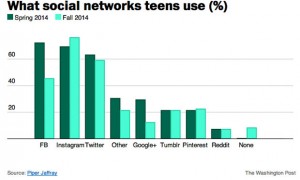ITM Cup Predictions for the ITM Cup Finals
Team Ratings for the ITM Cup Finals
Here are the team ratings prior to the ITM Cup Finals, along with the ratings at the start of the season. I have created a brief description of the method I use for predicting rugby games. Go to my Department home page to see this.
Here are the team ratings prior to this week’s games, along with the ratings at the start of the season.
| Current Rating | Rating at Season Start | Difference | |
|---|---|---|---|
| Canterbury | 13.65 | 18.09 | -4.40 |
| Tasman | 10.97 | 5.78 | 5.20 |
| Counties Manukau | 6.58 | 2.40 | 4.20 |
| Auckland | 6.05 | 4.92 | 1.10 |
| Taranaki | 5.06 | -3.89 | 9.00 |
| Hawke’s Bay | 0.84 | 2.75 | -1.90 |
| Manawatu | -2.66 | -10.32 | 7.70 |
| Wellington | -2.74 | 10.16 | -12.90 |
| Otago | -3.98 | -1.45 | -2.50 |
| Northland | -4.42 | -8.22 | 3.80 |
| Waikato | -5.74 | -1.20 | -4.50 |
| Southland | -6.31 | -5.85 | -0.50 |
| Bay of Plenty | -9.23 | -5.47 | -3.80 |
| North Harbour | -10.13 | -9.77 | -0.40 |
Performance So Far
So far there have been 70 matches played, 44 of which were correctly predicted, a success rate of 62.9%.
Here are the predictions for last week’s games.
| Game | Date | Score | Prediction | Correct | |
|---|---|---|---|---|---|
| 1 | Counties Manukau vs. Auckland | Oct 08 | 41 – 18 | 1.40 | TRUE |
| 2 | Waikato vs. Bay of Plenty | Oct 09 | 29 – 12 | 5.70 | TRUE |
| 3 | Otago vs. Manawatu | Oct 10 | 25 – 38 | 5.40 | FALSE |
| 4 | Wellington vs. North Harbour | Oct 11 | 58 – 34 | 9.10 | TRUE |
| 5 | Hawke’s Bay vs. Southland | Oct 11 | 20 – 20 | 13.20 | FALSE |
| 6 | Auckland vs. Northland | Oct 11 | 38 – 10 | 13.60 | TRUE |
| 7 | Taranaki vs. Canterbury | Oct 12 | 23 – 26 | -5.00 | TRUE |
| 8 | Tasman vs. Counties Manukau | Oct 12 | 16 – 21 | 12.40 | FALSE |
Predictions for the ITM Cup Finals
Here are the predictions for the ITM Cup Finals. The prediction is my estimated expected points difference with a positive margin being a win to the home team, and a negative margin a win to the away team.
| Game | Date | Winner | Prediction | |
|---|---|---|---|---|
| 1 | Hawke’s Bay vs. Northland | Oct 17 | Hawke’s Bay | 9.30 |
| 2 | Manawatu vs. Southland | Oct 18 | Manawatu | 7.70 |
| 3 | Taranaki vs. Auckland | Oct 18 | Taranaki | 3.00 |
| 4 | Tasman vs. Canterbury | Oct 18 | Tasman | 1.30 |

